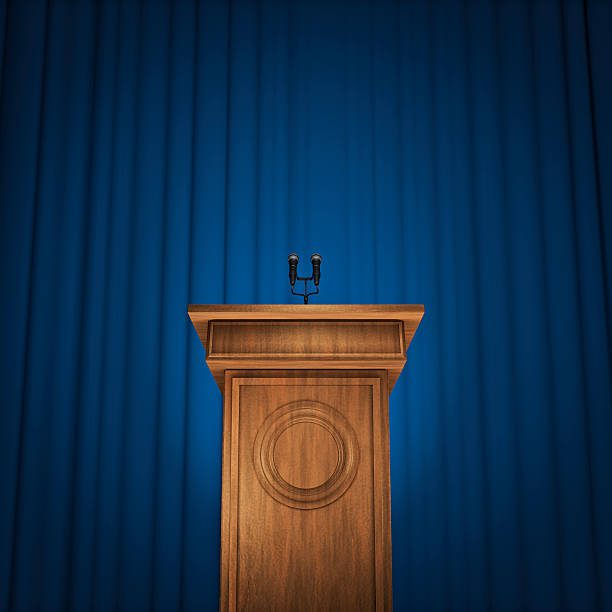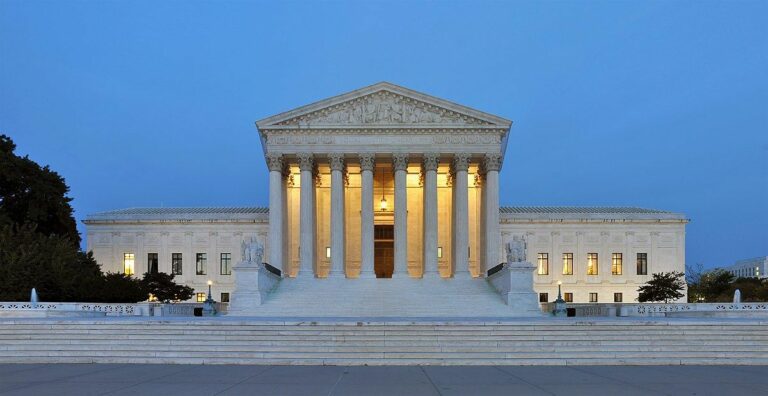Article III of the United States Constitution establishes the federal judiciary. Article III, Section I states “The judicial Power of the United States, shall be vested in one supreme Court, and in such inferior Courts as the Congress may from time to time ordain and establish.”
Although the U.S. Constitution establishes the Supreme Court, it permits Congress to decide how to organize it. In fact, Congress first exercised this power in the Judiciary Act of 1789. This Act created a Supreme Court with six justices. It also established the lower federal court system.
Over the years, various Acts of Congress have altered the number of seats on the Supreme Court, from a low of five to a high of 10. Shortly after the Civil War, the number of seats on the Court was fixed at nine. Today, there is one Chief Justice and eight Associate Justices of the United States Supreme Court. Like all federal judges, justices are appointed by the President of the United States and are confirmed by the Senate.
The Court’s Jurisdiction
Article III, Section II of the U.S. Constitution establishes the jurisdiction (legal ability to hear a case) of the U.S. Supreme Court. The Court has original jurisdiction (a case is tried before the Court) over certain cases, e.g., suits between two or more states and/or cases involving ambassadors and other public ministers.
The U.S. Supreme Court also has appellate jurisdiction (the Court can hear the case on appeal) on almost any other case that involves a point of constitutional and/or federal law. Some examples include cases to which the United States is a party, cases involving Treaties, and cases involving ships on the high seas and navigable waterways (admiralty cases). An example of a case the U.S. Supreme Court handled involving ships on the high seas is the United States v. The Amistad, 40 U.S. 15 Pet. 518 518 (1841).
When exercising its appellate jurisdiction, the Court, with a few exceptions, does not have to hear a case. The Certiorari Act of 1925 gives the Court the discretion to decide whether to, or not to do so. In a petition for a writ of certiorari, a party asks the Court to review its case.
The best-known power of the U.S. Supreme Court is judicial review, or the ability of the Court to declare a Legislative or Executive act in violation of the Constitution, is not found within the text of the Constitution itself. The Court established this doctrine in the case of Marbury v. Madison (1803).
Role and Impact of the United States Supreme Court
The Supreme Court has a fundamental role in our constitutional system of government. For example, as the highest court in the United States, it is the court of last resort for those seeking justice. Because of its authority of judicial review, it has an essential role in ensuring each
branch of government recognizes the limits of its own power. It should also protect civil rights and liberties by striking down laws that violate the Constitution. The U.S. Supreme Court’s decisions have a significant impact on society within the United States, not just on lawyers and judges.
DISCLAIMER: This information is for educational purposes only.
About the Supreme Court (n.d.). Supreme Court Background

